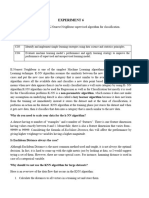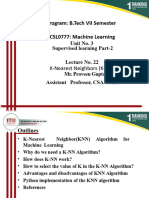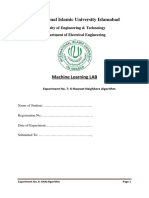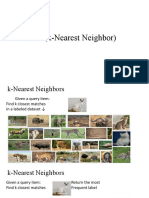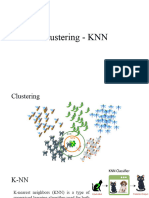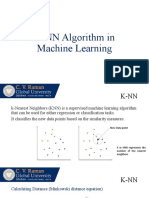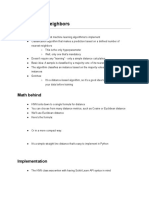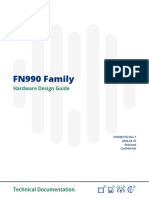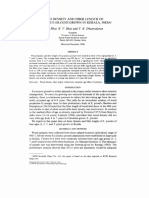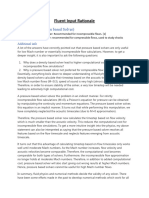0% found this document useful (0 votes)
65 views5 pagesKNN Classifier
The document provides an in-depth guide to the K Nearest Neighbors (KNN) algorithm, covering its definition, working mechanism, advantages and disadvantages, and practical implementation in Python. It explains how KNN classifies data points based on the majority vote of their nearest neighbors and includes a step-by-step example using a toy dataset of fruits. Additionally, it discusses when to use KNN, its performance in high-dimensional data, and offers tips for effective usage.
Uploaded by
Arkojyoti DeyCopyright
© © All Rights Reserved
We take content rights seriously. If you suspect this is your content, claim it here.
Available Formats
Download as PDF, TXT or read online on Scribd
0% found this document useful (0 votes)
65 views5 pagesKNN Classifier
The document provides an in-depth guide to the K Nearest Neighbors (KNN) algorithm, covering its definition, working mechanism, advantages and disadvantages, and practical implementation in Python. It explains how KNN classifies data points based on the majority vote of their nearest neighbors and includes a step-by-step example using a toy dataset of fruits. Additionally, it discusses when to use KNN, its performance in high-dimensional data, and offers tips for effective usage.
Uploaded by
Arkojyoti DeyCopyright
© © All Rights Reserved
We take content rights seriously. If you suspect this is your content, claim it here.
Available Formats
Download as PDF, TXT or read online on Scribd
/ 5







